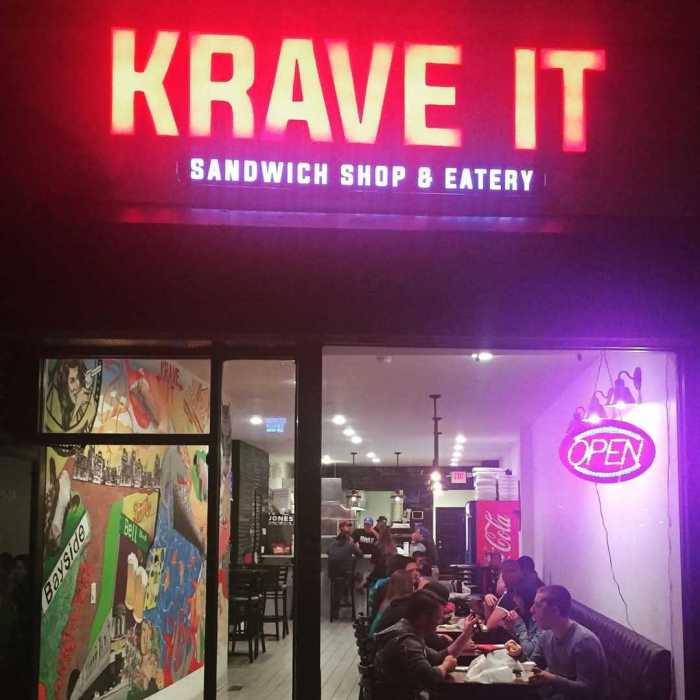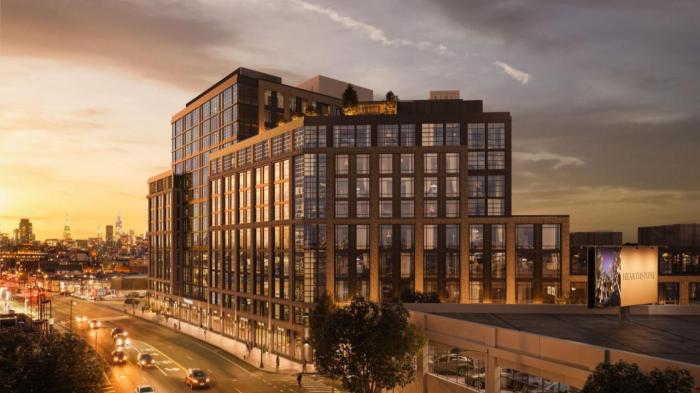A good historian develops a keen sense of a time and lives in a world of four, rather than three, dimensions. It is something special. They can sense in any location not only the present, but many states of people and places long lost.
For example, just north of the Hell Gate Bridge is a small glade just off Shore Road. It’s an inviting pool of sunlight surrounded by a parameter of trees. People lull about, working on their tans.
It was once the home of the Barclays.
They were an old name of Scottish stock, and first made their way into the annals of history as traders along the Baltic and Scandinavian coasts. One became a Russian prince who was the architect behind Napoleon’s defeat in Russia; another became a partner of Barclay’s Bank, a major player in today’s financial markets. Closer to home, another Barclay, a Quaker, was close friends with William Penn and George Fox. For nearly a decade he was able to govern most of New Jersey from his home in England — 3,000 miles away — no small feat for the 17th century.
Our story starts with Reverend Thomas Barclay who, as the first Anglican rector of Albany, spread the Church of England faith to English, Dutch and Mohawk alike.
One son, John Barclay, became a mayor of Albany. Another, Reverend Henry Barclay, followed in his father’s footsteps and became the second Rector of Trinity Church in Manhattan (yes, he is the person for whom Barclay Street is named). Reverend Barclay was also one of the founders of Columbia University.
Reverend Barclay’s son, Major Thomas Barclay, was a member of New York’s social elite. He owned a mansion near Hell Gate. During the American Revolution he organized a loyalist militia. It was there he died. In the early years the family recalled that one of the last of the Wards of Ward’s Island used to pay a visit after crossing the Hell Gate on horseback.
One of Henry’s sons, also named Henry, took over the house upon his father’s death in 1863. Henry was known, in the parlance of the time, as a “sportsman.” On his 21st birthday, he joined the Union Club. He was a charter member of the Metropolitan Club and one of the founders of the Lambs Club. He was a member of the Lenox, Southhampton, and Meadowbrook Country Clubs.
Henry Barclay bred both dogs and horses and was responsible for the development of the American trotting horse. His stables in Woodside once held 120 foals. He owned an estate in Lenox, Massachusetts where he bred horses, and at the time of his death, was planning a larger breeding farm in New Jersey. His heart gave out after taking his team out for an exercise in Manhattan. He died the next afternoon — in yet another home on Washington Square north.
Although his obituary still listed Astoria, Long Island, among the Barclay residences, the family had drifted away from the manse years before. His daughters held their coming out parties at family residences in Manhattan and they spent long summers playing at the Long Island summer resorts.
Therefore, no one was surprised that when Henry passed away in 1905, his youngest daughter, Clara, as executrix of the estate, offered the old house for sale to the Rickert-Finley Realty Corporation. The parcel was simply described as 125 lots. A few months later the city announced the land would be part of a new Astoria Park.



































